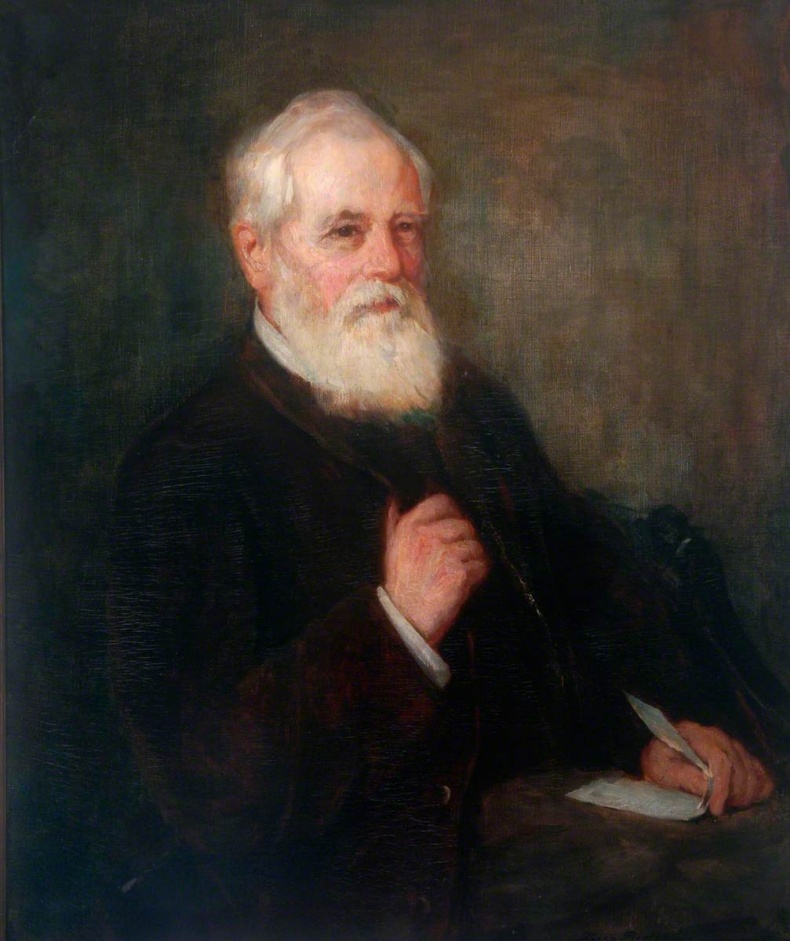
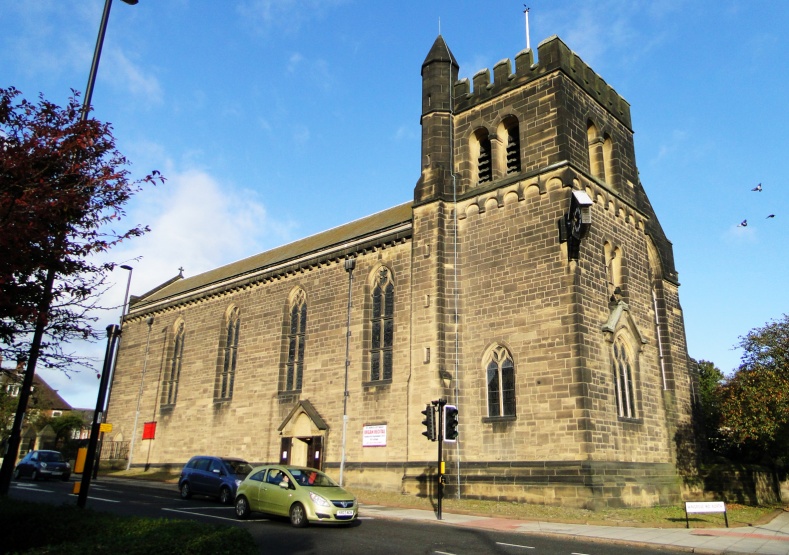
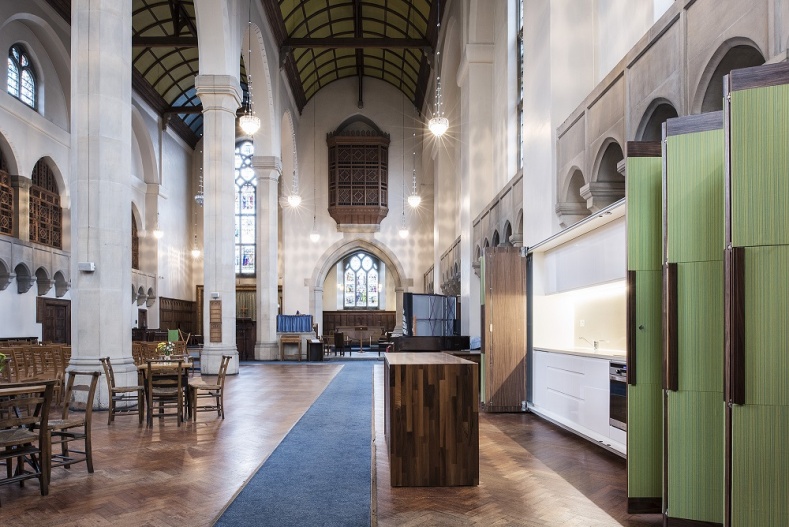
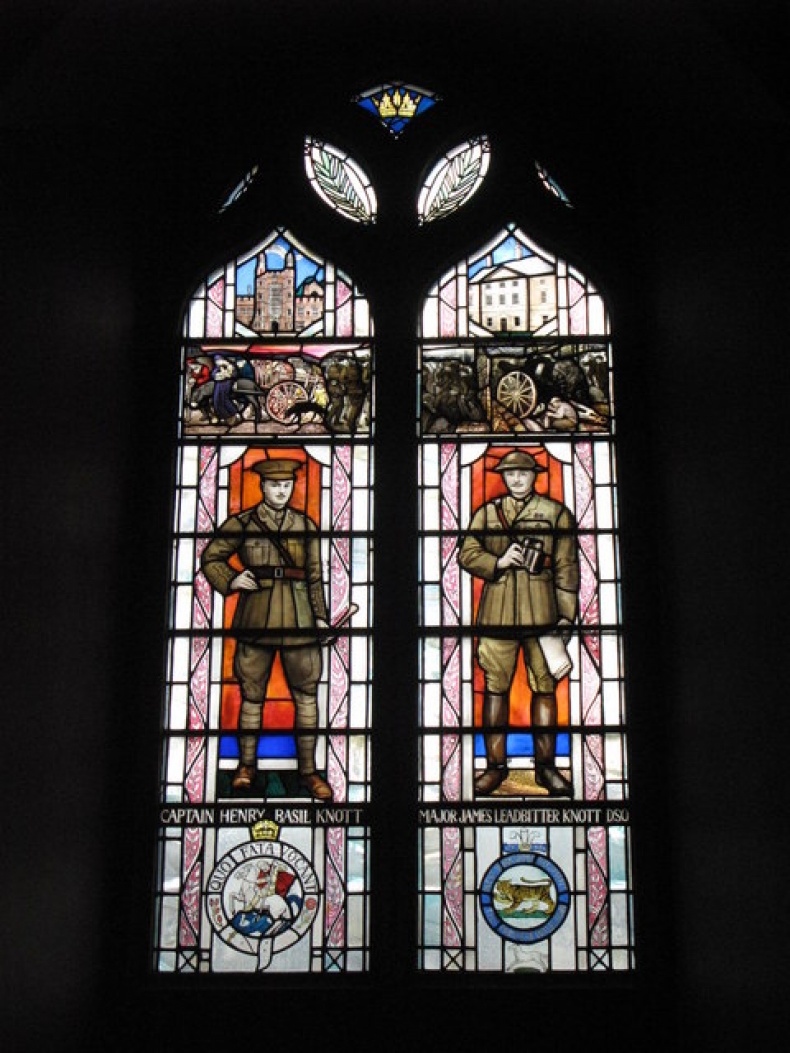
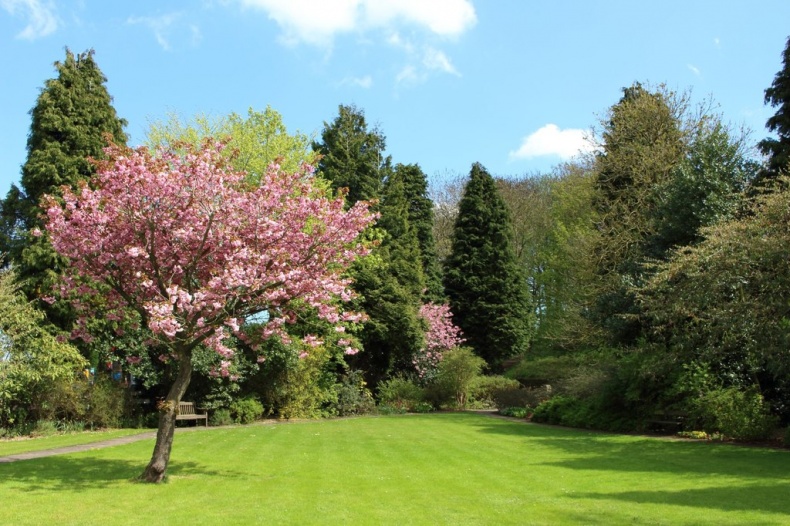
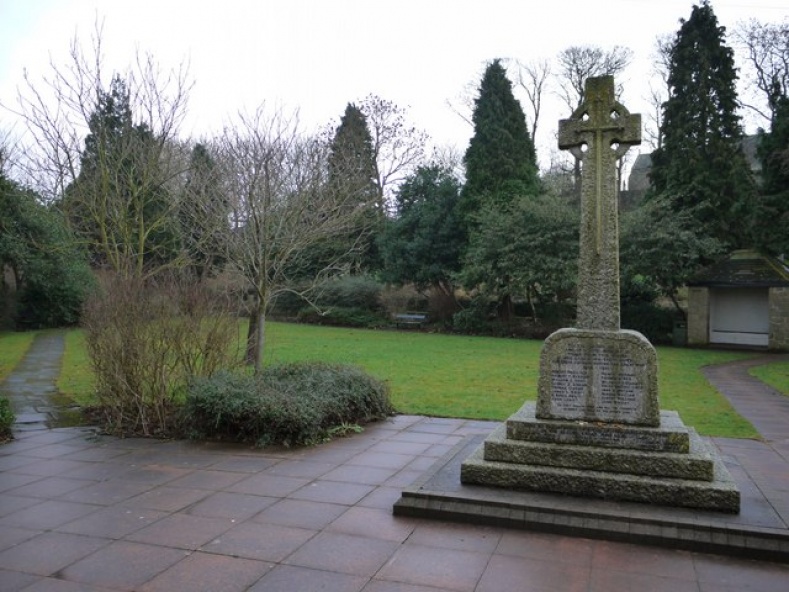
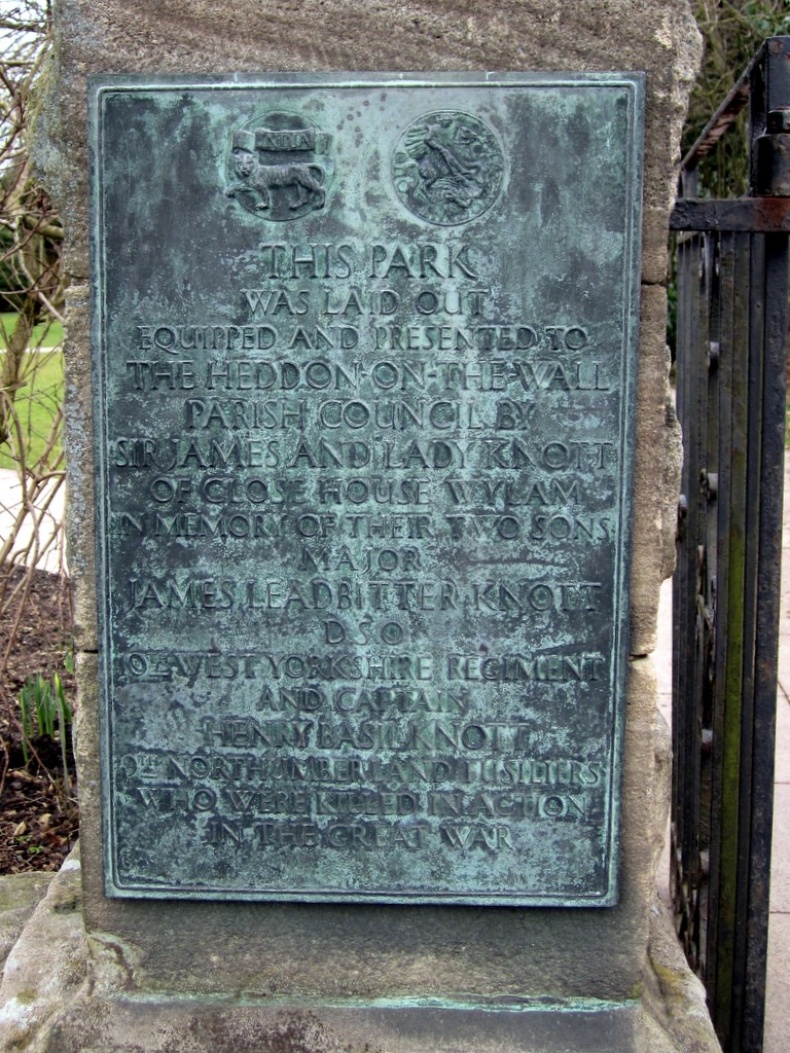
Knott, Sir James
1855 – 1934
Shipping Magnate
Sir James Knott was born in Howdon on Tyne. He was the eldest of 10 children. In 1878, he married Margaret Annie Garbutt (1855 – 1929) and they had three children: Thomas, James and Henry (known as Basil).
Sir James Knott left school at 14 to work as a shipping clerk on the quayside in Newcastle with local shipbroker Borries Craig. In 1878 he acquired his first ship, the Pearl of Scarborough for £195 pounds. The ship was financed by a consortium of investors including his father and contacts he had made at the Newcastle Exchange during his time as a shipbroker. The Pearl was mainly used to carry coal from the Tyne to Rouen in northern France. By 1886 he had added a further 15 steamships including a tanker. He established Prince Line, named after his first steamship, the Saxon Prince. It became the third largest shipping business in the world, operating 45 ships.
After standing unsuccessfully in the general election of 1906, he was elected MP for Sunderland in 1910, representing the Conservative party. Sunderland was a relevant constituency for him as Prince Line build its ships on the Wear. He resigned a few months after winning the seat to focus on business. He lived at Close House in Northumberland between 1909 and 1924, having previously owned Manor House in the Jesmond district of Newcastle.
During the First World War, Prince Line lost 21 ships and, tragically, two of Sir James’s sons were killed, one in the Battle of the Somme. The eldest of the three brothers, Thomas, was captured and interned, but released on Armistice Day. Sir James sold Prince Line in 1916 and in 1924 purchased Samares Manor, in Jersey, for his retirement. In 1917, he was made a baronet, taking as his motto “deeds not words”.
Sir James donated a proportion of his fortune to charity whilst he was still alive. In 1936, the Memorial Park at Heddon, Northumberland, was created in memory of his sons, James and Henry. He also donated money to build St James and St Basil church in Fenham, Newcastle, where a superb stained-glass window bears the images of his sons.
In North Shields, the Sir James Knott Youth Centre was opened in 1938 following a gift of land to the YMCA by his trust. Today this building still provides services to the residents of North Shields. Further afield, there is a plaque to commemorate his sons at St George’s Memorial Church in Ypres, Belgium. The construction of its tower was funded by Sir James and it was completed in 1929. Henry Basil Knott was buried in Lijssenthoek Military Cemetery, while his brother is buried at Fricourt New Military Cemetery several miles away.
Sir James Knott’s philanthropy is of continuing importance to the North East. In 2016, the Sir James Knott Trust made £1.6 million worth of grants and managed assets worth almost £40m. Sir James passed away in 1934 and the Trust was formed from his estate, which was valued at over £5 million (£340 million in today’s money). There was quite a scandal at the time regarding the payment of death duties, as Knott was domiciled in Jersey. The avoidance of paying £2.5 million in duties led to questions being raised in parliament and the Chancellor, Mr Chamberlain, was forced to issue a statement on the matter. It is, therefore, appropriate that if death duties were indeed avoided, his estate has benefited so many people over so many years.
References
Dobson, J. (2012). Newcastle Shipowner – The story of Sir James Knott and his shipping business, Newcastle: Sir James Knott Trust.
Heddon-on-the-Wall Local History Society. (2018). Sir James Knott, Available here (Accessed: 09/05/2018).
Sir James Knott Trust. (2018). Knott family history, Available here (Accessed: 09/05/2018).
Wikipedia. (2018). Sir James Knott, 1st Baronet, Available here (Accessed: 09/05/2018).